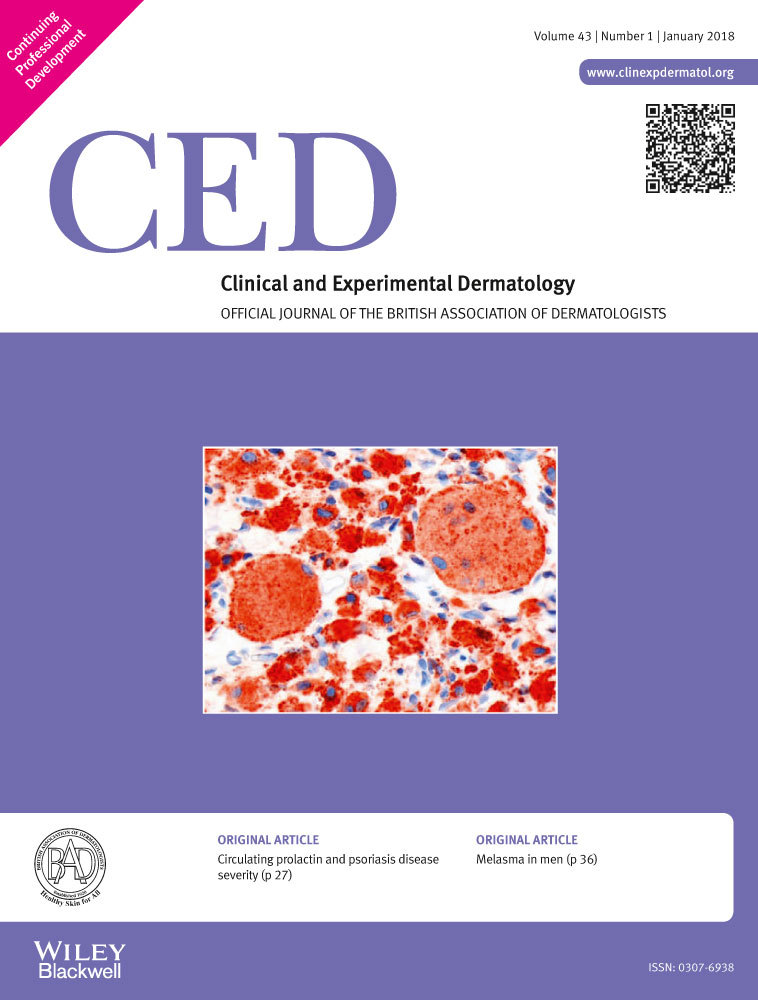Systemic photodynamic therapy in folliculitis decalvans
Summary
Folliculitis decalvans (FD) is classified as a primary neutrophilic cicatricial alopecia, and is estimated to account for approximately 10% of all cases of primary cicatricial alopecia.[] The role of dysfunctional immune activity and the presence of bacteria, particularly Staphylococcus aureus, appear pivotal. We describe a 26-year-old man with a 4-year history of FD that was recalcitrant to numerous systemic and topical therapies, whose disease was virtually cleared during a follow-up of 25 months following a course of treatment with systemic photodynamic therapy (PDT) using ultraviolet light (100–140 J/cm2) with porfimer sodium 1 mg/kg as monotherapy. This is the first report of the use of systemic PDT as a treatment for FD. Systemic PDT has potent antibacterial effects with little or no resistance. In addition, systemic PDT provides local immunomodulation and improved scar healing. Significant adverse effects following systemic PDT with appropriate aftercare are rare. This case demonstrates that systemic PDT is a useful therapy option in the treatment of recalcitrant FD.




